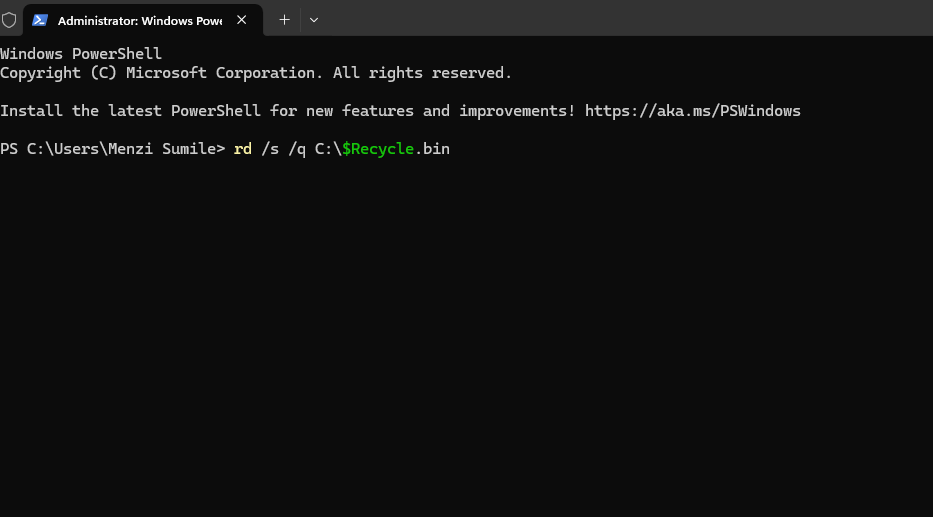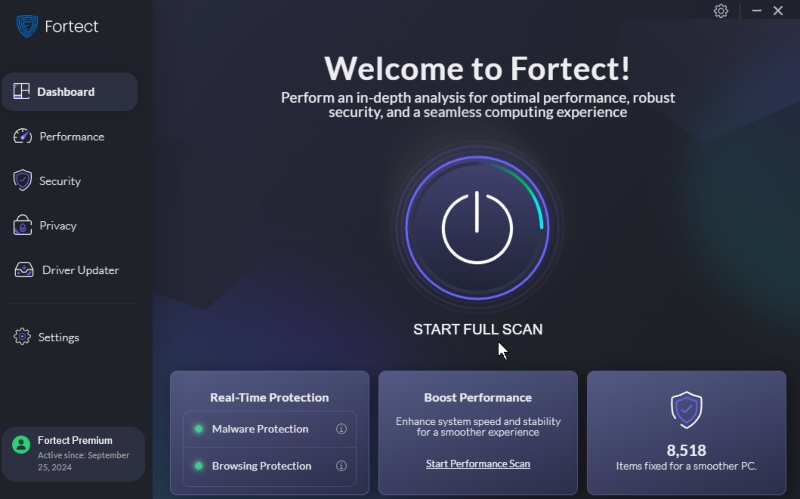How to Fix a Recycle Bin Corrupted Error on Windows 10/11
The Recycle Bin is an essential feature on Windows PCs. It temporarily stores deleted files before they are permanently erased from the system. Occasionally, users may encounter a “Recycle Bin corrupted” error on Windows 10 or 11, preventing them from accessing or emptying the BinBin. This error can occur for various reasons, such as file system corruption, malware, or improper shutdowns.
We will examine several methods for fixing a corrupted Recycle Bin on Windows 10 and 11 to ensure your system runs smoothly.
Common Causes of Recycle Bin Corruption
Before diving into the solutions, it’s helpful to understand the common causes of Recycle Bin corruption. This can help you prevent future occurrences and maintain your system’s health. The Recycle Bin may become corrupted due to:

- File System Errors: Improper shutdowns or system crashes can cause file system errors, corrupting the Recycle Bin.
- Malware or Viruses: Malicious software can tamper with system files related to the Recycle Bin.
- Accidental Deletion of System Files: Sometimes, users may accidentally delete critical system files or folders that affect the Recycle Bin’s functionality.
- Software Conflicts: Conflicting software installations or updates can interfere with system operations, potentially corrupting the Recycle Bin.
How to Fix a Corrupted Recycle Bin on Windows 10/11
Reset the Recycle Bin Using Command Prompt
Resetting the Recycle Bin through the Command Prompt is an effective way to fix corruption issues. This method deletes the existing Recycle Bin folder and creates a new one, resolving any corruption in the process.

- On Windows 11, Press Windows + X and select Command Prompt (Admin) or Windows Terminal (Admin).
- In the Command Prompt window, type the following command and press Enter: rd /s /q C:\$Recycle.bin.
- Repeat this command for each drive by replacing C: with the corresponding drive letter.
- Restart your computer to allow Windows to recreate a new Recycle Bin for each drive automatically.
Run the System File Checker (SFC) Tool
The System File Checker (SFC) is a built-in Windows utility that scans and repairs corrupted or missing system files. If system file corruption is the root cause of a corrupted Recycle Bin, running the SFC tool can help fix it.
- Open the Command Prompt as an administrator (refer to the previous section for steps).
- Type the following command and press Enter: sfc /scannow
- Wait for the scan to complete. This process may take several minutes.
- If the SFC tool finds and repairs corrupted files, restart your computer and check if the Recycle Bin issue is resolved.
Use the Disk Cleanup Tool
Disk Cleanup is another built-in Windows utility that helps remove unnecessary files from your system, including corrupted Recycle Bin files. This tool can help clear out the Recycle Bin and resolve corruption issues.

- Press Windows + S and type Disk Cleanup. Select the Disk Cleanup app from the search results.
- Choose the drive where the corrupted Recycle Bin (typically the C: drive) and click OK.
- In the Disk Cleanup window, check the box next to Recycle BinBin and click OK.
- Confirm the deletion by clicking Delete Files.
- After the cleanup, restart your computer and check the Recycle Bin for any remaining issues.
Scan for Malware and Viruses
Malware or viruses can cause various issues in your system, including corruption of your recycle bin. Running a full system scan with a reputable antivirus program can help identify and remove any malicious software affecting your Recycle Bin.
- Open your antivirus software and navigate to the Scan or Protection section.
- Select Full Scan or Deep Scan to check your system for malware and viruses thoroughly.
- Follow the on-screen instructions to complete the scan and remove any detected threats.
- Restart your computer after the scan, and check the Recycle Bin.

I recommend investing in a third-party solution with automatic malware scanning and protection, like Fortect. Fortect automatically scans your system for any threats that could corrupt your Recycle Bin, ensuring it continues to function correctly.
Download and install Fortect now.
Perform a System Restore
If the above methods do not resolve the issue, performing a System Restore can help revert your system to a previous state before the Recycle Bin becomes corrupted. This method is beneficial if corruption occurs after a recent software installation or update.
- Press Windows + S and type Create a restore point. Select the option from the search results.
- In the System Properties window, click on System Restore.
- Click Next and choose a restore point dated before the Recycle Bin issue started.
- Follow the on-screen instructions to complete the restoration process.
- Once your computer restarts, check if the Recycle Bin corruption issue is resolved.
Conclusion
A corrupted Recycle Bin on Windows 10 or 11 can be frustrating, but fortunately, several effective methods exist to fix it. Resetting the Recycle Bin, running the System File Checker, using Disk Cleanup, scanning for malware, or performing a System Restore can resolve the issue and maintain your system’s smooth operation.
Regular system updates and reliable antivirus software can also help prevent future problems. Following these steps, you can keep your Recycle Bin and overall system functioning correctly.




